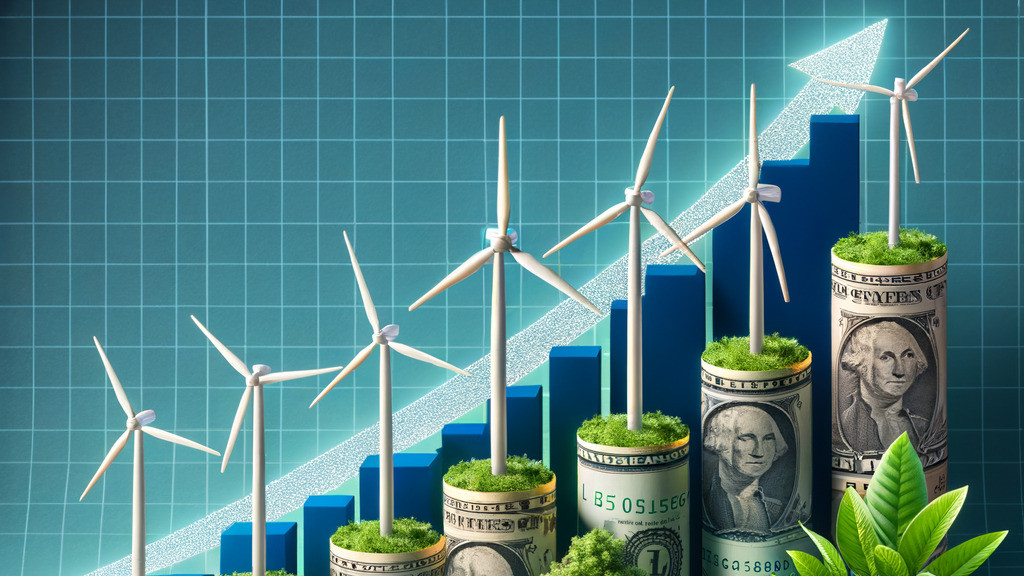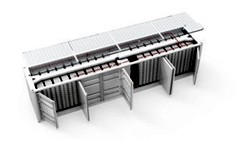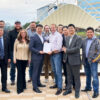The cost of renewable power generation has seen a notable uptick in recent months, presenting challenges for the industry. Factors such as increasing commodity prices, inflation, policy changes, and surging demand have contributed to this surge. However, the renewable energy sector is actively pursuing strategies to mitigate these challenges and ensure a sustainable future.
Understanding the Cost Drivers
A key factor behind the rising costs is the surge in raw material prices. Materials like polysilicon, crucial for solar panels, have more than doubled in price within the past year. Similarly, the cost of steel, used in wind turbines, has experienced a significant increase. Additionally, general inflation rates have risen, impacting labor, transportation, and other expenses tied to renewable energy projects.

Impact of Policy Changes
Policy changes, such as the solar investment tax credit (ITC) phase-out in the United States, have caused a decline in solar project development. This policy shift has had a direct influence on the industry's growth trajectory, contributing to the cost challenges faced by renewable power generation.
Meeting Rising Demand
The growing demand for renewable energy, driven by numerous countries and organizations committing to carbon emission reduction, has resulted in heightened competition for renewable energy projects. This surge in demand has led to higher prices for renewable power, further impacting the cost landscape.
Addressing the Challenges
Despite these challenges, the renewable energy industry is actively responding with innovative solutions. Technological advancements are being pursued to develop more cost-effective materials, such as solar panel technologies with reduced polysilicon requirements and more efficient wind turbine designs that use less steel. Supply chain improvements, including reducing transportation costs and implementing recycling and reuse technologies, are also being prioritized.
The Long-Term Perspective
Renewable energy remains the most cost-effective option for meeting the world's growing energy needs in the long term. Over the past decade, the International Renewable Energy Agency (IRENA) reports a significant decline in the cost of renewable energy, making it increasingly competitive with fossil fuels. Projections by Bloomberg New Energy Finance suggest that renewable energy costs will fall by 66% by 2040, further strengthening its competitiveness.
Takeaway
While the rapidly increasing cost of renewable power generation presents challenges, the industry is actively working to reduce costs through technological innovation, supply chain improvements, and policy advocacy. Despite these hurdles, renewable energy remains the most cost-effective solution for meeting the world's energy needs. As costs continue to decline, renewable power will become increasingly competitive, offering a sustainable and economically viable path forward.
Thank you for reading. If you would like to share your thoughts on this topic, please feel free to leave a comment below. We value your feedback and are always eager to hear from our readers.
Until then, keep shining bright like a solar panel on a sunny day!





All comments are moderated before being published. Inappropriate or off-topic comments may not be approved.